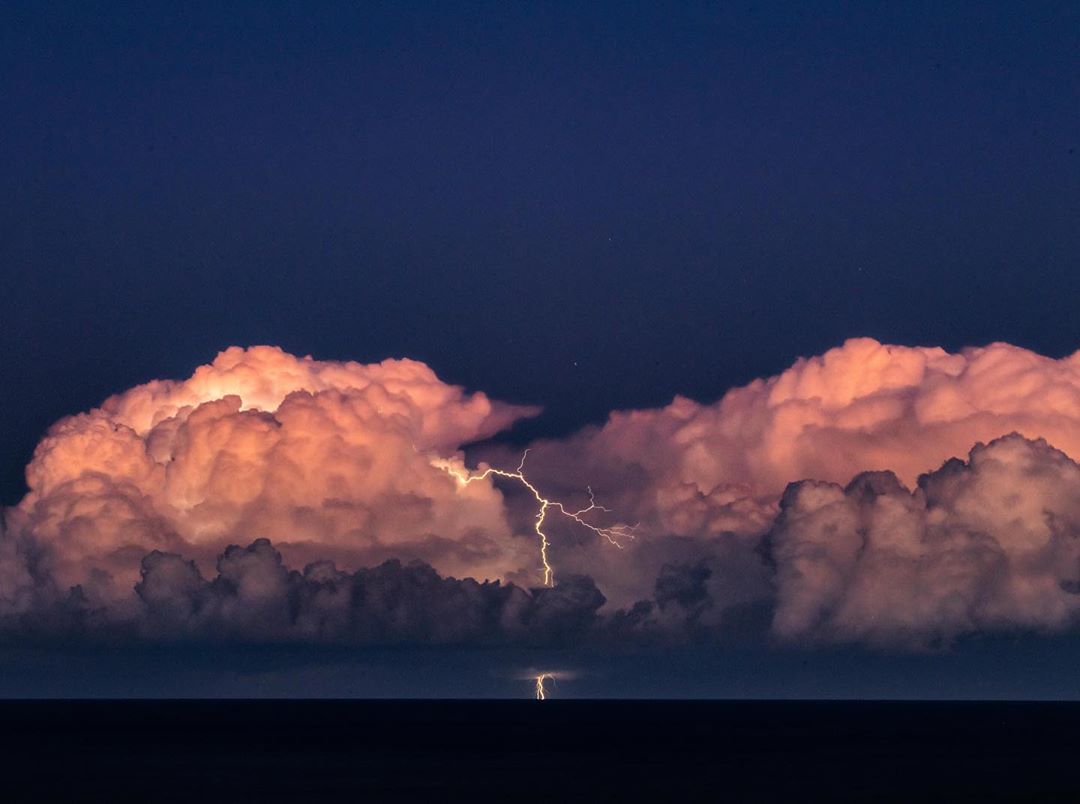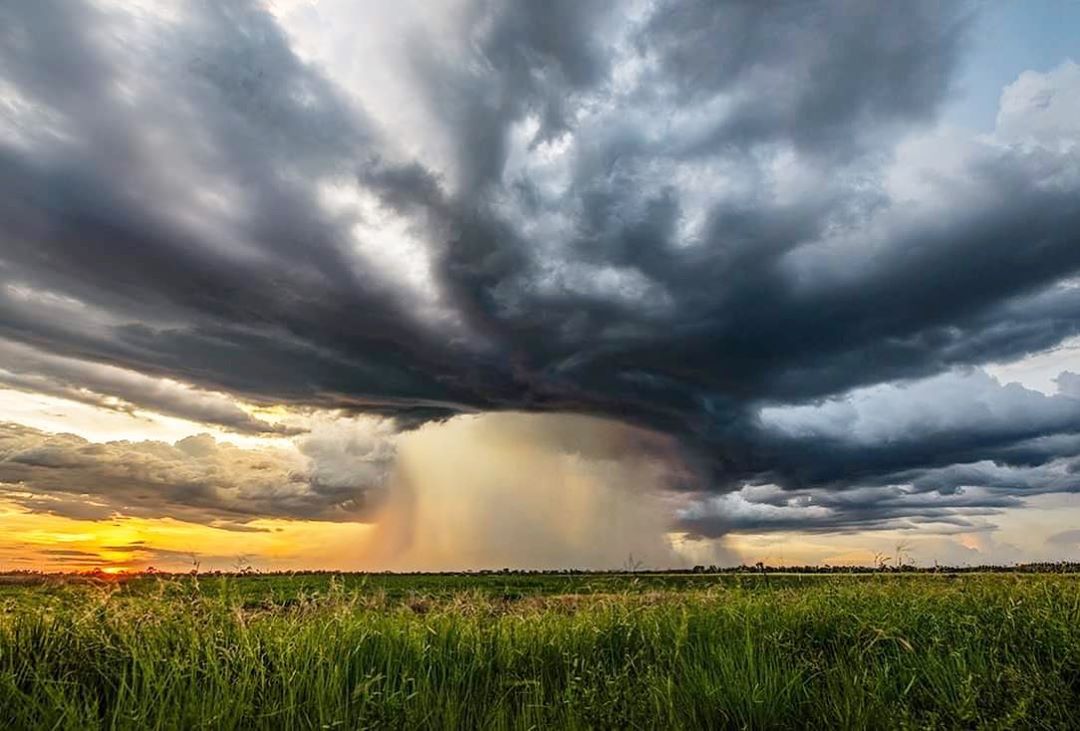What is lightning?
Thunderstorms could produce more than one million lightning strikes over Australia during the next several days.
All of this lightning will come from thunderstorms and some of these thunderstorms will be severe.
So what is lighting and what makes a storm severe?
Clouds that go bang
Lightning is a rapid, bright, and powerful electric current that comes from a cloud. Some lightning strikes stay within a single cloud, others extend between two separate clouds and some occur between a cloud and the ground.
Lightning occurs when two areas of opposing electrical charges (positive and negative) develop near each other. The lightning bolt is simply a channel of electricity that develops to rapidly equalise these opposing charges.

Image: Lightning strikes can occur within clouds, between clouds and between a cloud and the ground. Source: @willeadesphotography / Instagram
The reason storm clouds are needed for lightning to occur is because the interaction between tiny water droplets and ice crystals moving around inside the storm cloud are what cause these contracting electric charges to build up.
On days with lots of thunderstorms, there can be hundreds of thousands of lightning strikes above Australia. During multi-day storm outbreaks - like the one about to affect central, eastern and northern Australia - the number of strikes can exceed one million.
But not all of this lightning hits the ground. In fact, lightning typically occurs within clouds more than it does between a cloud and the ground. As a general rule, about one third of lightning reaches the ground, although this can vary quite a lot in different parts of the world and between individual thunderstorms. For example, there is typically a higher proportion of cloud-to-ground lightning strikes in the tropics than the mid-latitudes.
Severe storms warnings
While all thunderstorms produce lightning, they aren’t all considered severe.
In Australia, severe thunderstorms are defined as storms that produce one or more of the following impacts:
- Large hail (2cm in diameter or larger)
- Giant hail (5cm in diameter or larger)
- Damaging or destructive wind gusts (generally wind gusts exceeding 90 km/h)
- Heavy rainfall which may cause flash flooding
- Tornadoes
The Bureau of Meteorology will issue a severe thunderstorm warning if one of these impacts is occurring or is about to occur from a storm.

Image: Some severe thunderstorms produce enough rain to cause localised flash flooding. Source: @jodibilske_photographics / Instagram
If lightning was used as a threshold for severe thunderstorms, every storm would be considered severe and the warning system would become less effective.
If you hear thunder, it means lightning is occurring somewhere within earshot of your location. This is a good time to go inside and check the latest warnings. You can also track the thunderstorms using the satellite, radar, and lightning layers available on Weatherzone’s website, mobile app, and Layers platform.